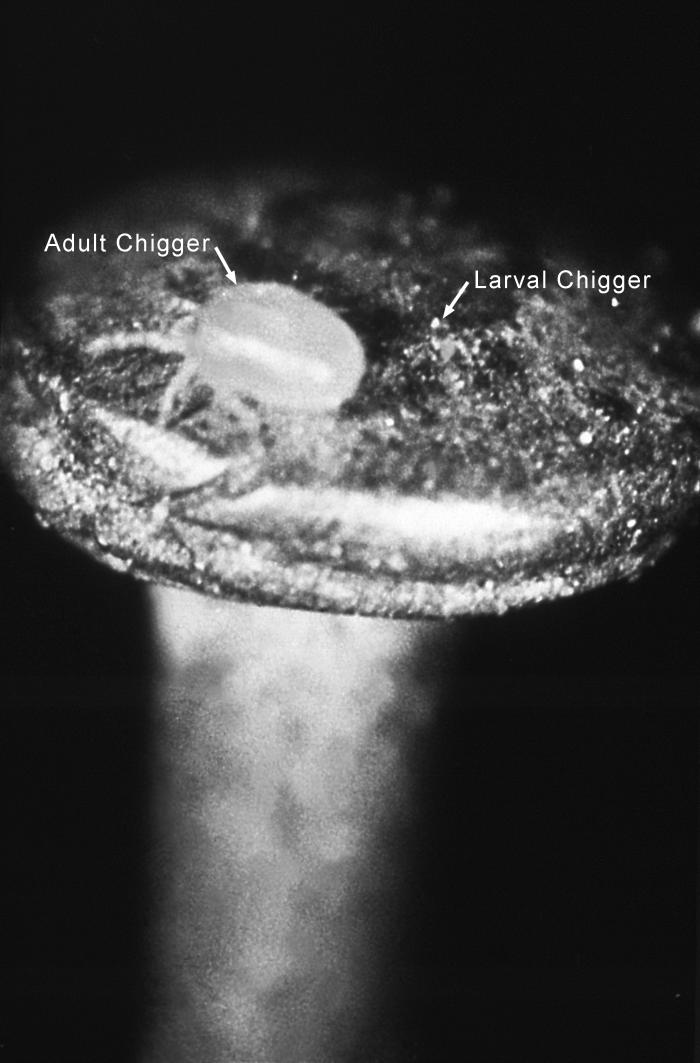The Department of Disease Control in Taiwan has reported 60 confirmed cases of tsutsugamushi disease, or scrub typhus in the country in the past 4 weeks. The cases were reported as mainly infected in Huadong and the outlying islands.

During this period, Taitung County (23 cases) was the most infected area, followed by Hualien County ( 11 cases) and Kinmen County (8 cases).
For the first six months of the year, Taiwan has seen 176 cases, of which 52% were infected in Huadong. The number of notifications over the years has increased from April to May, reaching a peak from June to July.
Scrub typhus, caused by the bacterium Orientia tsutsugamushi, which is transmitted by chiggers encountered in high grass and brush, is endemic in northern Japan, Southeast Asia, the western Pacific Islands, eastern Australia, China, maritime areas and several parts of south-central Russia, India, and Sri Lanka.
After being bitten by the chigger, an eschar will form over the bite, and the incubation period usually ranges from 9 to 12 days. Subsequently, symptoms such as fever, headache, sweating and swelling or inflammation of the lymph gland will begin to develop.
After having had fever for about 1 week, a dark red papule will appear in the trunk, spread to extremities, and disappear after several days.
Complications of untreated scrub typhus include swelling of the lungs, brain encephalitis, renal failure or even heart problems.
Health officials remind the public to take personal protective measures to avoid suffering from illness. Insect bites cause disease; if there are suspected symptoms, seek medical attention as soon as possible and inform the travel history of exposure, so that doctors can diagnose and treat early.
- Japanese encephalitis cases rise in Taiwan
- Taiwan reports 1st locally transmitted dengue case of 2020
- South Carolina rabies: Cat exposes two people in Honea Path
- Brazil COVID-19 deaths top 80,000, Infections have ‘plateaued’ according to WHO
- Zika: Research team use experimental drug that reduces replication of the virus and prevents microcephaly in mice
- Germany reports ‘swine flu’ case in child
- SARS-CoV-2 vaccine candidate: UK orders ~100m vaccine doses from Valneva
- Ebola cases increase by 3, total now 60 in Équateur Province, DRC
- COVID-19 in the Philippines: 1500 new cases reported, Expert says it’s ‘not comparable to other diseases’

